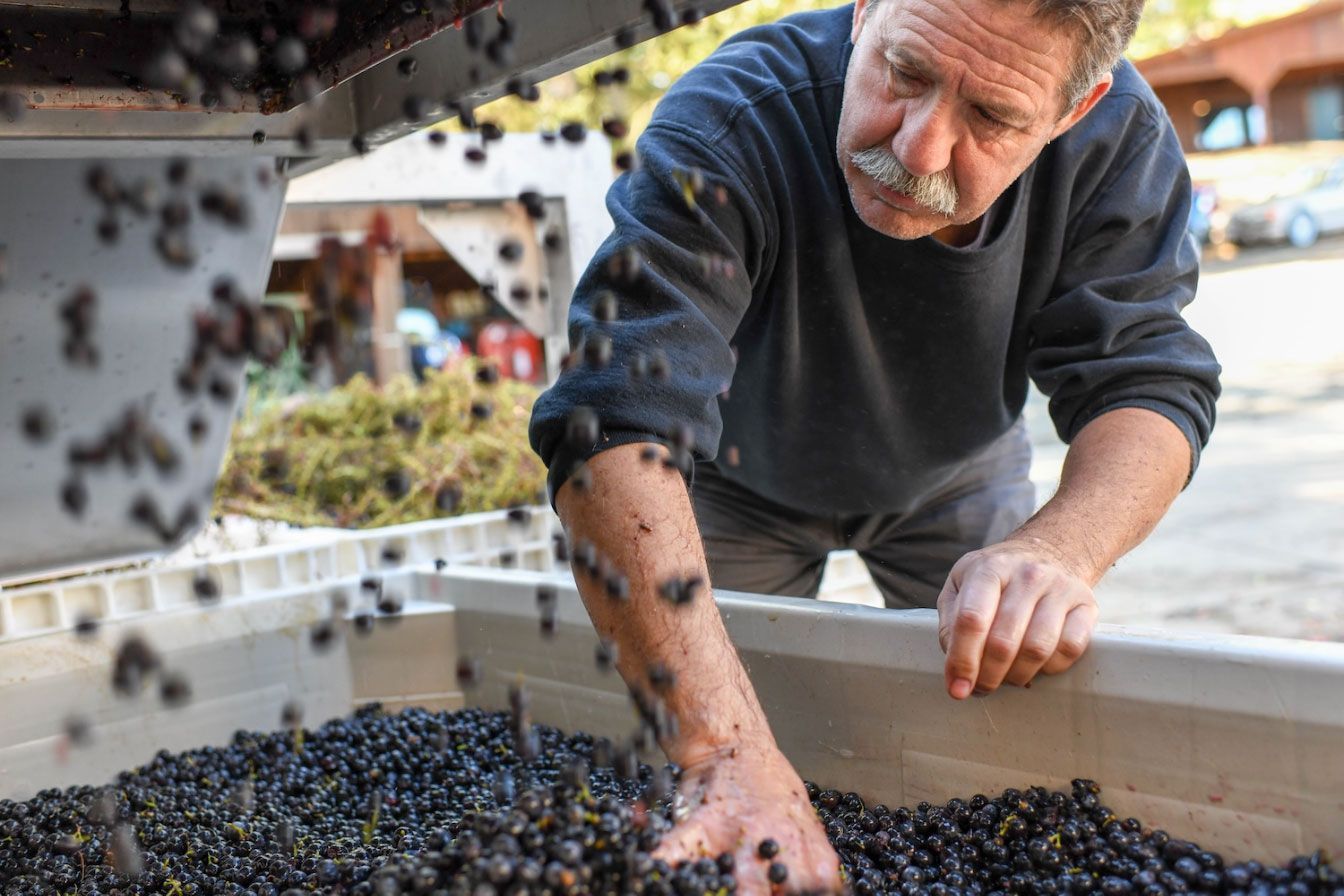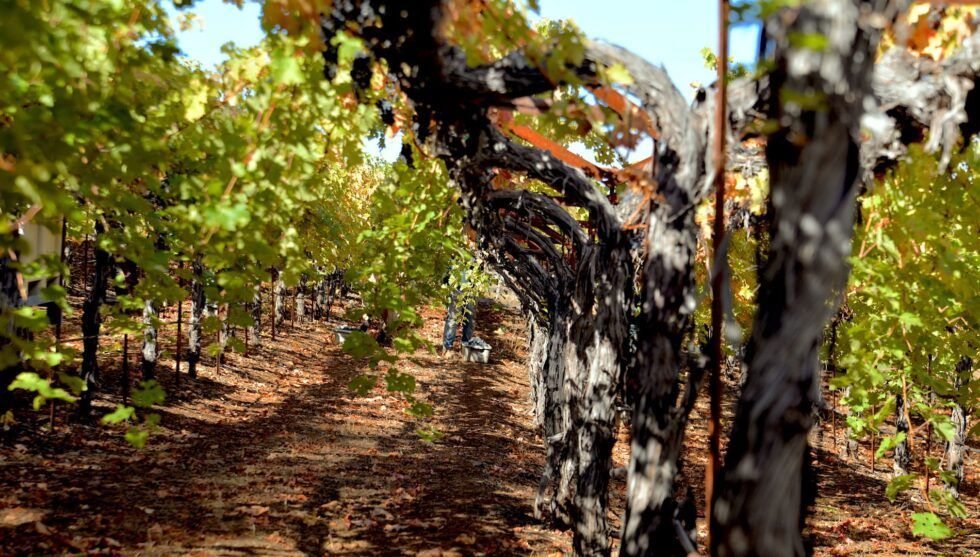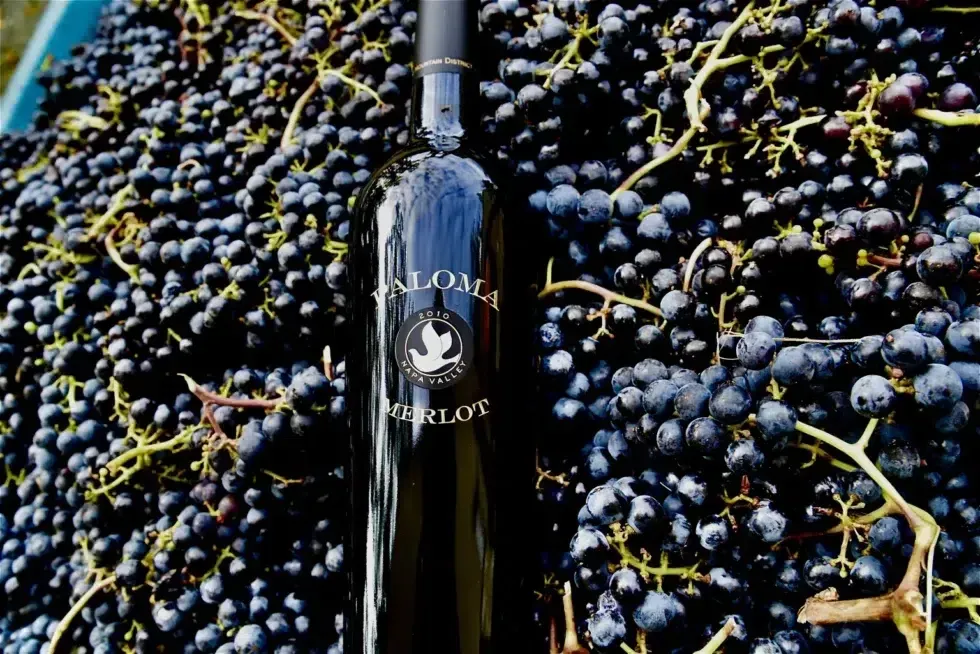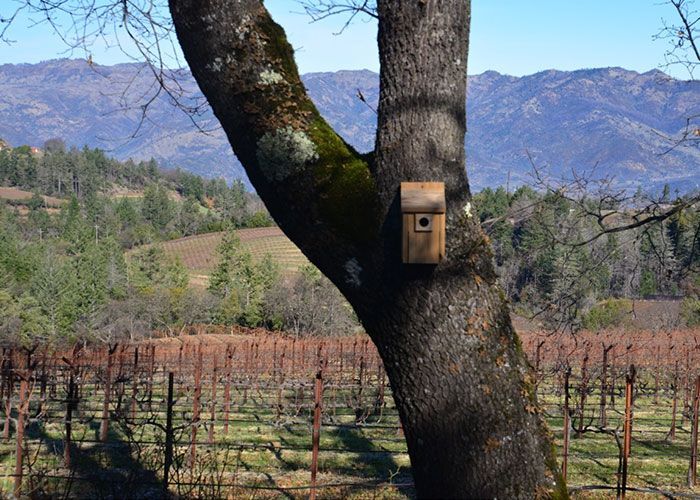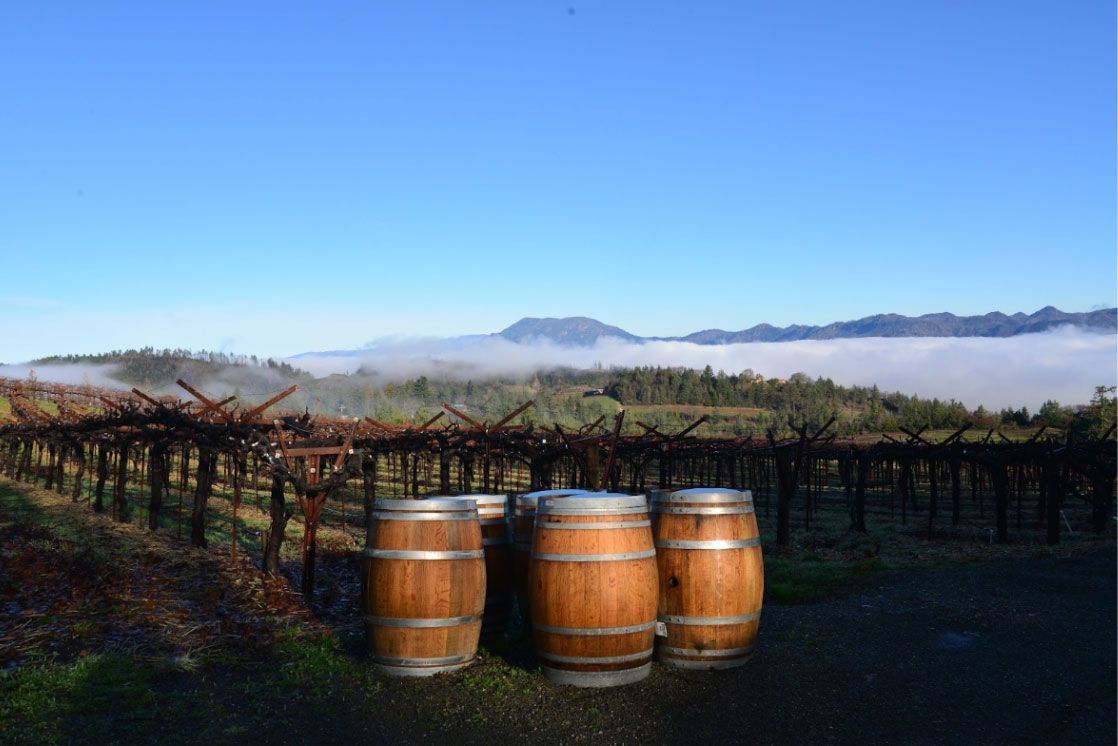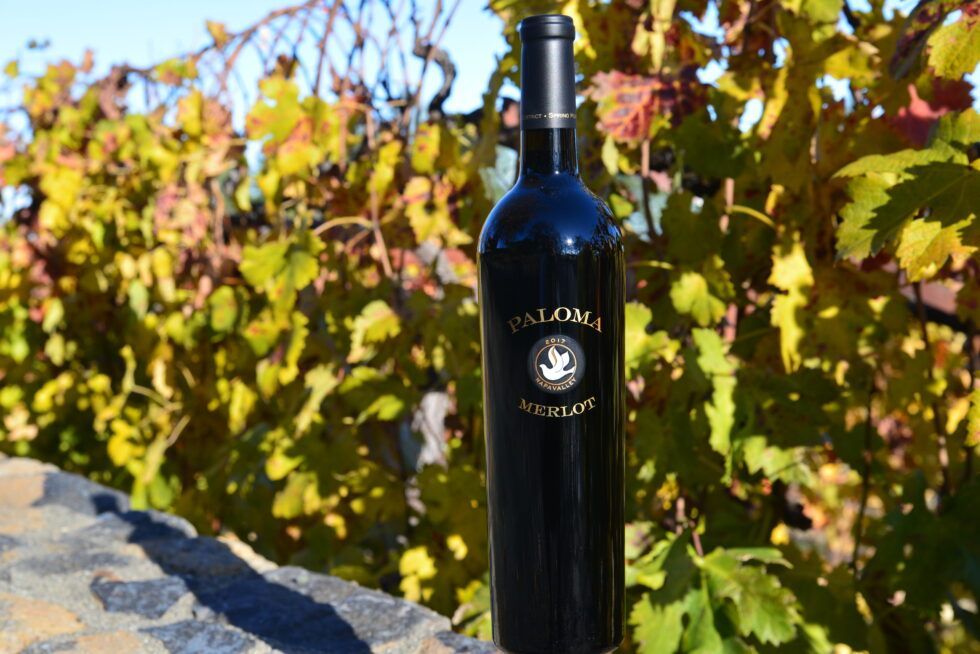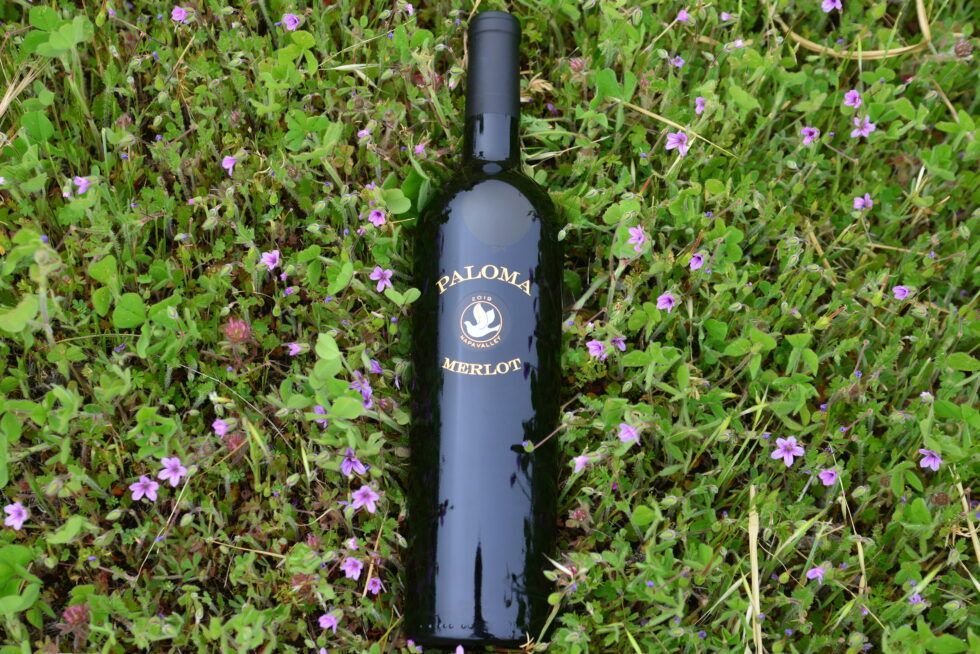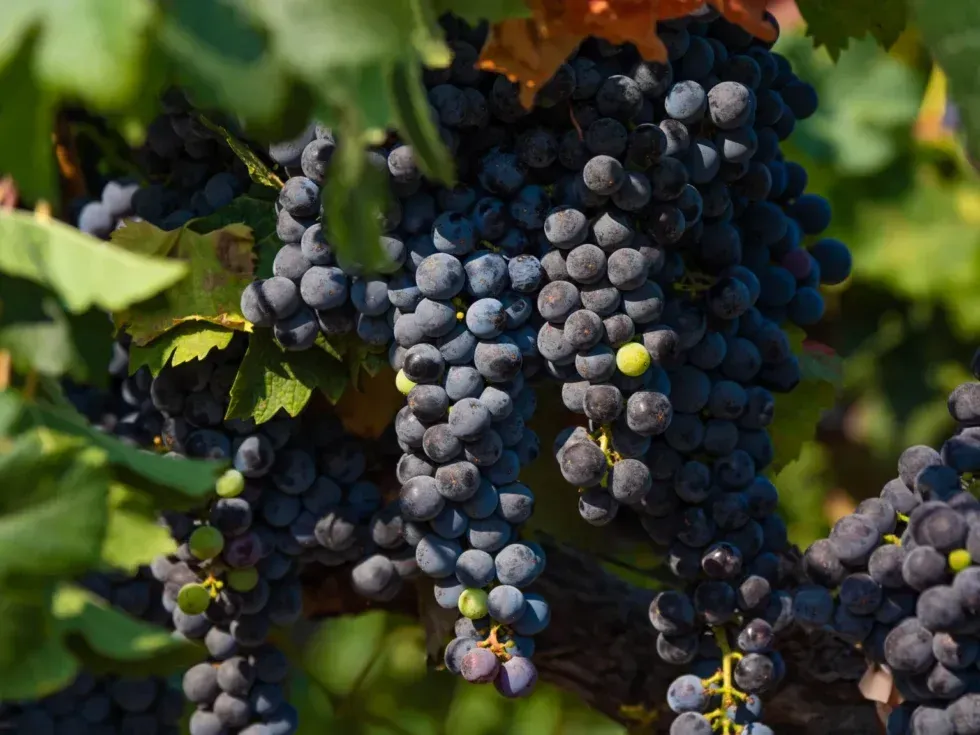Cabernet Sauvignon vs. Merlot: A Wine Lover’s Guide to the Differences
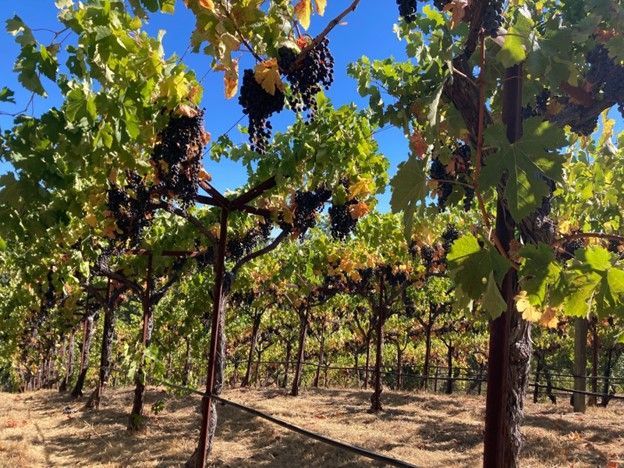
When it comes to red wines, Cabernet Sauvignon and Merlot are two of the most beloved varieties worldwide. Both originating from Bordeaux, these wines offer distinct characteristics, each attracting a loyal fan base. Understanding the differences between these two varieties can enhance your tasting experiences. Let's break down their unique traits.
Ripening Differences: Early vs. Late Bloomers
One of the biggest distinctions between Merlot and Cabernet Sauvignon is their ripening time. Cabernet Sauvignon is a late bloomer, meaning it ripens later in the season. This characteristic can be a double-edged sword. On one hand, its longer growing period allows for the development of complex, layered flavors. On the other, it runs the risk of frost damage or unfavorable weather late in the season. Patience is key for winemakers growing Cabernet Sauvignon, as its delayed ripening requires just the right conditions to avoid issues like early frosts.
In contrast, Merlot is an early ripening variety, which makes it more reliable, particularly in regions where cold weather sets in early. This trait, depending on where it is grown, results in more consistent vintages and less variation, which is why many winemakers love working with it. When tasting Merlot, you can usually expect a smoother, more approachable wine, regardless of the year.
Structure and Taste: Tannins and Fruit Forwardness
Another key difference lies in the structure and flavor profile of these two wines. Cabernet Sauvignon is known for its high tannin content, thanks to its thick skins. Tannins give Cabernet its characteristic structure and astringency, making it a bold wine with excellent aging potential. This is why Cabernet often benefits from years in the bottle, where its robust flavors of black currant, tobacco, and cedar evolve into something smoother and more integrated.
Merlot, on the other hand, is softer on the palate, with lower tannin levels. This is why it’s often referred to as a “softening agent” in blends, especially with more tannic varieties like Cabernet Sauvignon. Merlot’s flavors tend to be more fruit-forward, with notes of plum, cherry, and chocolate. Its smoother texture makes it more approachable for casual wine drinkers, especially those who prefer something less intense than a tannin-heavy Cabernet.
Adaptability: Global Powerhouse vs. Clonal Versatility
While both wines are staples in Bordeaux blends, Cabernet Sauvignon has become a global superstar, planted in wine regions across the world—from California to Chile to Australia. It thrives in a wide range of climates and soils, showcasing its adaptability. This is partly due to its UV resistance, as its thick skin allows it to withstand the intense sun in warmer climates, making it a reliable choice for winemakers globally.
Merlot, although also grown worldwide, has a different type of versatility. It exhibits a wide range of clonal varieties, which allows winemakers to adjust the characteristics of the grape based on their vineyard conditions. This is why you can experience many different expressions of Merlot, even from the same region.
The Science of the Grape: Surprising Origins
A lesser-known fact about Cabernet Sauvignon is its DNA: it’s actually a natural hybrid of Cabernet Franc (a red grape) and Sauvignon Blanc (a white grape), which happened in the 17th century. Given its robust red wine profile, it’s surprising that Sauvignon Blanc, a lighter, white variety, is one of its parents.
Merlot was also introduced in the 17th century as a descendant of Cabernet Franc. Its extended parentage includes Carmenere. The name Merlot is derived from the French word “Merle” meaning blackbird. As the variety seems to attract many black birds. Merlot’s history has a more recent twist. After a severe frost in Bordeaux in 1956 wiped out many Cabernet Franc vines, Merlot was planted in abundance to replace it. Its quick ripening and hardiness made it a savior in Bordeaux, increasing its prominence in the region.
Aging Potential: Long Lifespan vs. Early Enjoyment
For those of us who love buying wine in bulk and storing it for later, understanding the aging potential of these wines is crucial. Cabernet Sauvignon is a champion when it comes to aging. Its high tannins and acidity provide the structure needed to last decades in a cellar. Over time, the wine’s bold flavors soften and develop complexity, making a well-aged Cabernet an experience worth waiting for.
Merlot is both capable of aging and pleasant young. Its lower tannin levels and fruit-forward profile make it approachable within a few years of bottling, so you don’t have to wait long to enjoy a bottle. If you're hosting a party and want something ready to impress, Merlot is often a good choice.
Which Wine is for You?
Whether you lean towards the bold, tannic structure of Cabernet Sauvignon or the smooth, fruit-forward profile of Merlot, both wines have something unique to offer. Cabernet is perfect for those who enjoy a wine with aging potential and depth, while Merlot wine is ideal for those who appreciate a softer, easy-drinking wine that still delivers on flavor. As you continue your journey through wine tasting, knowing the differences between these two classic varieties can help you make more informed choices, whether you’re selecting a bottle for your next dinner party or adding to your cellar.
